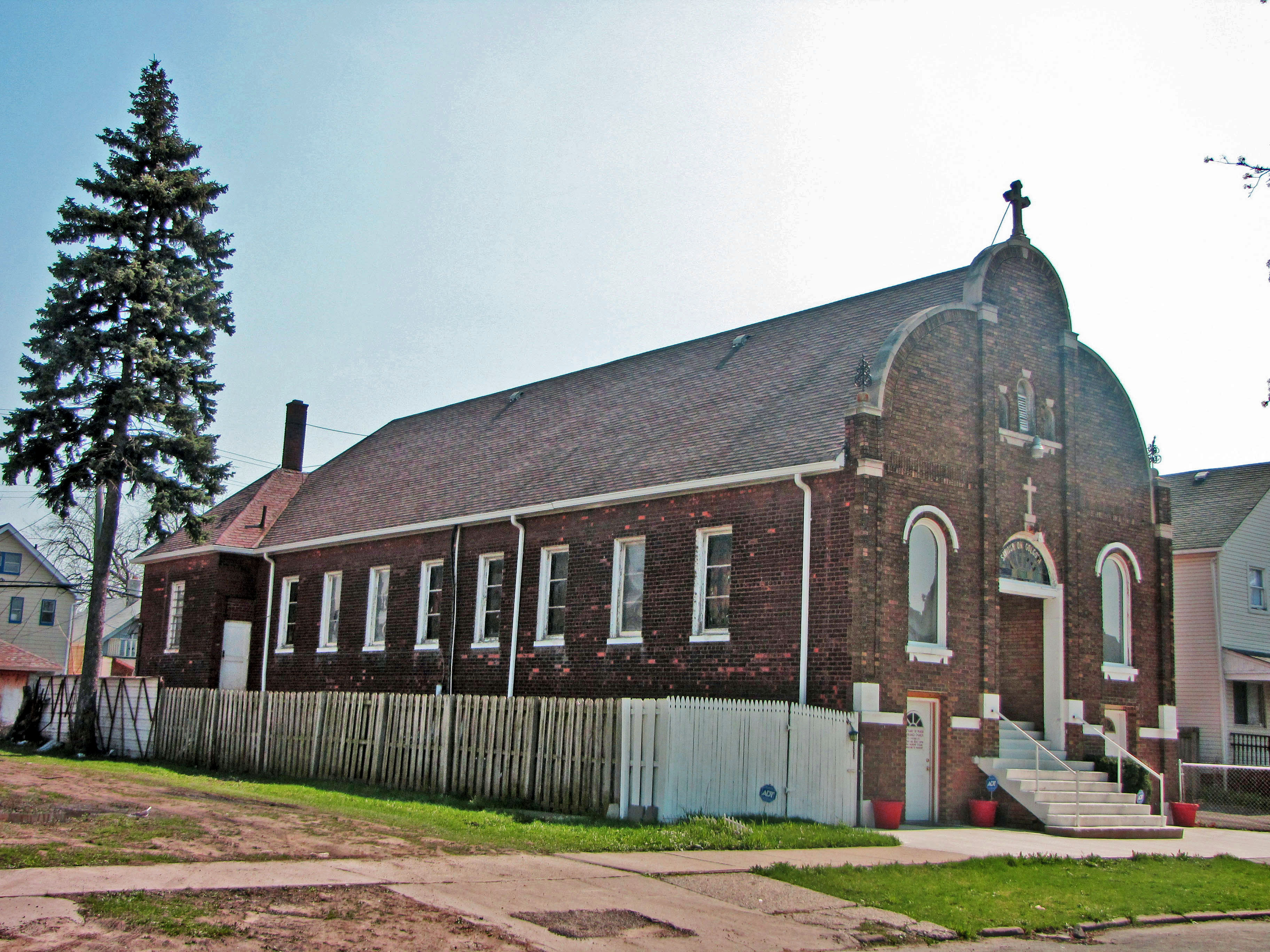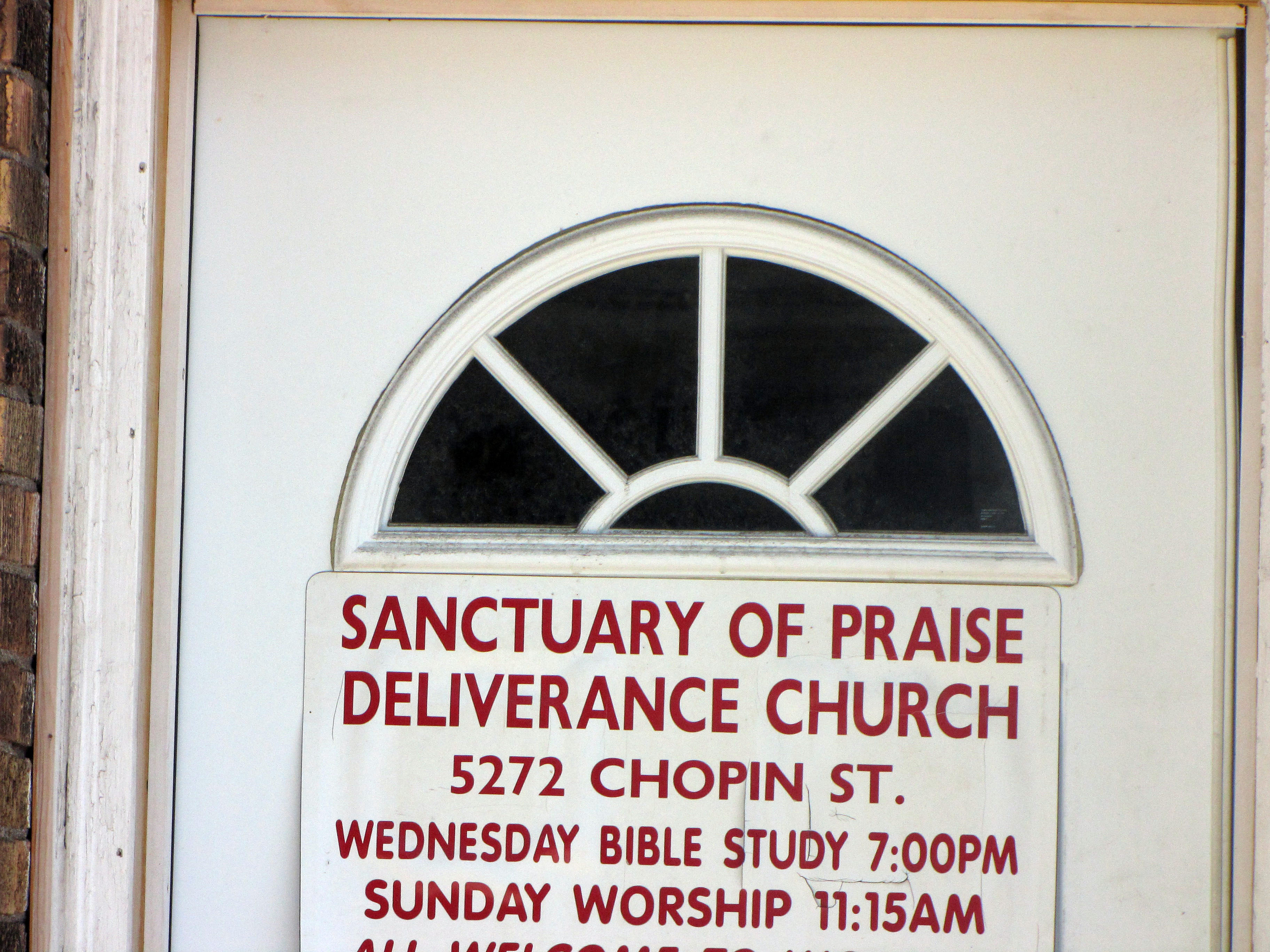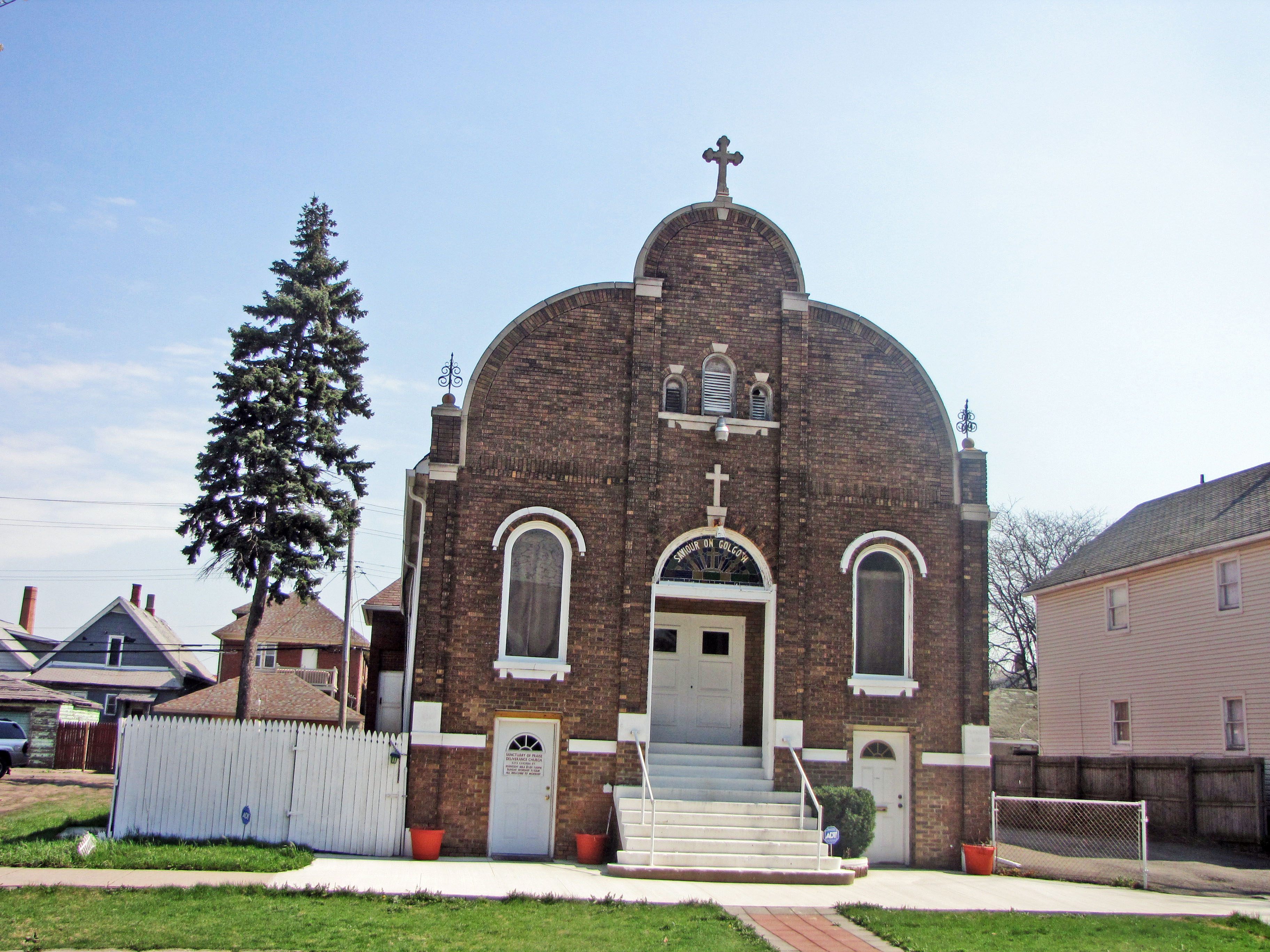

Polish Catholics began arrived in the United States in large numbers between 1880 and World War I. In 1880, the Polish-born population of the United States was only 66,000, but Census 1920 counted 1.2 million Polish-born residents of the nation. In the same period, the Polish-born population of Detroit rose from 2,000 to 61,000. By that time, the east side and west side Polonia were emerging along with substantial Polish communities in Wyandotte and Hamtramck.
By the time Polish Catholics arrived, the Roman Catholic hierarchy had successfully established bureaucracies in many large cities with numerous parishes, some parochial schools, seminaries to train priests and the administrative apparatus we associate with organizations. The leaders of the Roman church expected the new Polish immigrants to fit into the existing Catholic structure, but the Poles were not very happy about this. They contended that few American priests spoke Polish and that they were expected to  attend churches whose hymns and liturgical styles were quite unfamiliar. Many of the Polish immigrants live in German parishes where they did not feel welcome. Indeed, the interior of Polish Catholic churches today differs greatly in its array of statues and paintings from the Catholic churches founded by the Irish, the French or the English. Polish priests accompanied Polish immigrants and they felt allegiance to the Polish bishops who ordained them, even if canon law required them to report to the largely German and Irish hierarchy who administered the United States Roman Catholic Church.
attend churches whose hymns and liturgical styles were quite unfamiliar. Many of the Polish immigrants live in German parishes where they did not feel welcome. Indeed, the interior of Polish Catholic churches today differs greatly in its array of statues and paintings from the Catholic churches founded by the Irish, the French or the English. Polish priests accompanied Polish immigrants and they felt allegiance to the Polish bishops who ordained them, even if canon law required them to report to the largely German and Irish hierarchy who administered the United States Roman Catholic Church.
Polish immigrants, when they had the resources, sometimes tried to establish their own churches and seminaries against the orders of the American bishops. For example, the marvelous Sweetest Heart of Mary Church at East Canfield and Russell was completed in 1893 against the wishes of Detroit’s bishop Borgess. The Polish priest who established that parish, Father Kolasinski, was excommunicated for his actions, leading to a bitter dispute between his parishioners and the Catholic diocese, conflicts that led to two deaths. Eventually, Father Kolasinski resolved his difficulties and his excommunication was rescinded. Polish Catholic immigrants in Detroit and elsewhere felt that their contributions should be administered almost totally by the Polish immigrants who made them but Catholic administrations presumed that bishops made decisions about how the church’s money was spent.
On December 6, 1864, Pope Pius IX called the First Vatican Council which was the 20th Ecumenical Council of the Roman church. It met from December 8, 1869 until July 18, 1870 when it adjourned sine die. Theoretical, it could be called back into session but that is most unlikely. That Vatican Council dealt with many issues of church and clergy discipline, but one of the major aims of the pope was for the Council to ratify a Dogmatic Constitution for the Church of Christ, one that emphasized the primacy and infallibility of the Pope. That is, the pope was to be declared not only first among equally powerful bishops but the real leader of Christ’s church on earth with a powerful status unlike that of any other ecclesial official. The Vatican Council adopted the highly controversial dogma of paper infallibility, over the opposition of quite a few Catholic leaders.
Many Catholics in Europe were unhappy with the decisions of the First Vatican Council, especially those that concentrated power in the Pope and the largely Italian bureaucracy that supported him. Gradually, groups of dissident Catholics in the Netherlands, France and Switzerland became known as “Old Catholics.” An independent Catholic church emerged in some European locations as a consequence of the First Vatican Council.
the Pope and the largely Italian bureaucracy that supported him. Gradually, groups of dissident Catholics in the Netherlands, France and Switzerland became known as “Old Catholics.” An independent Catholic church emerged in some European locations as a consequence of the First Vatican Council.
Francis Hodur, a Polish seminarian, came to the United States and was ordained as a priest by the Roman Catholic bishop of Scranton, Pennsylvania in 1893. He realized that Polish immigrants were not being well served by the official Roman Catholic bureaucracy in the United States. And he knew that the Old Catholic movement offered an alternative version of Catholicity.
In 1895, parishes of the Old Catholic Church were founded in the Polish communities of Chicago and Buffalo. They were chartered, not by the local Roman Catholic bishops, but rather by bishops in Europe who had been members of the Roman Catholic Church until then switched their allegiance away from the Roman Church and toward the Old Catholic Church that rejected Vatican Council I. In 1897, Father Hodur established a St. Stanislaus Bishop and Myrtar parish in Scranton, Pennsylvania. The following year he was excommunicated by the Roman Catholic Church.
The Roman Catholic hierarchy, tried to keep Polish Catholics as members, but throughout the United States, Polish immigrants were establishing their own churches, schools and seminaries with or without the approval of the local bishop. In 1900, Father Hodur and his followers considered creating a Polish National Catholic Church independent of the Roman Catholic Church in the United States. There were theological and liturgical disagreements and, very importantly, the issue of who controlled the funds that Poles contributed for their own parishes. In 1904, a synod was called and the Polish National Roman Catholic Church was established independent from the Roman Catholic Church. I believe they chose Polish, rather than Latin, as the language for their liturgies. The following year they began training their own priests. Since that time, they have been an established Catholic religion not affiliated with the Roman Catholic or Eastern Orthodox churches.
I do not know how many Polish National Catholic parishes were established in the United States. I infer than quite a few were in the larger Polonias—Buffalo, Chicago and Detroit. Three Polish National Catholic Church minister to parishioners in the Detroit area in this century: Our Savior Polish National Church now located at 610 North Beech Daly Road in Dearborn Heights’ All Saints Polish National Church located at 5555 Seventeen Miles Road in Sterling Heights and Holy Cross Polish National Church at 2311 Pulaski in Hamtramck. While the Polish National Catholic Church established several dozen parishes throughout the United States, most Polish Catholic were eventually incorporated into the Roman Catholic Church. For example, I believe that Our Savior was the only Polish National Catholic Church in Detroit’s West Side Polonia while the Roman Catholic diocese set up ten parishes for Poles: St. Casimir; St. Francis of Assisi, St. John Cantius, St. Hedwig, Assumption of the Blessed Virgin Mary, Our Lady Queen of Angels, St. Stephen, St. Andrew, Saints Peter and Paul and St. Cunegunda.
I do not know when Our Savior moved from their location on Chopin in Detroit to Beech Daly Road in Dearborn Heights. Nor do I know about the congregation that replaced Our Savior in the church you see pictured above, the Sanctuary of Praise Deliverance Church.
Architect: Unknown to me
Date of construction: Unknown to me
Use in 2010: Church
Website for Polish National Catholic church (In English) http://www.pncc.org/
Photograph: Ren Farley; April 10, 2010
City of Detroit Designated Historic District: Not listed
State of Michigan Registry of Historic Sites: Not listed
National Register of Historic Places: Not listed
Description prepared: April, 2010
Return to Religious Sites
Return to Homepage